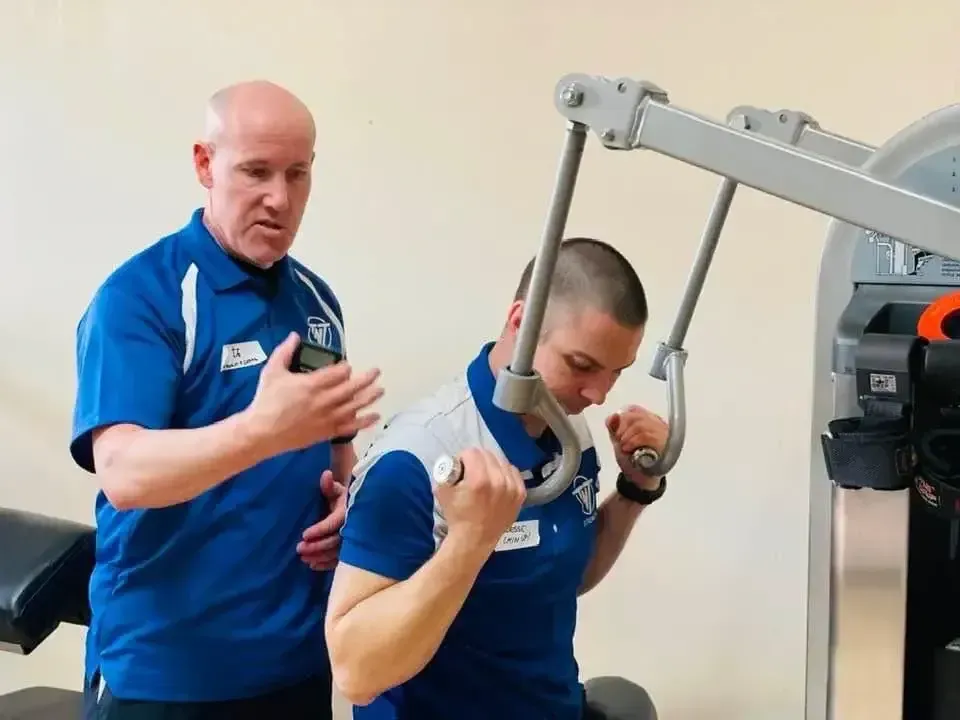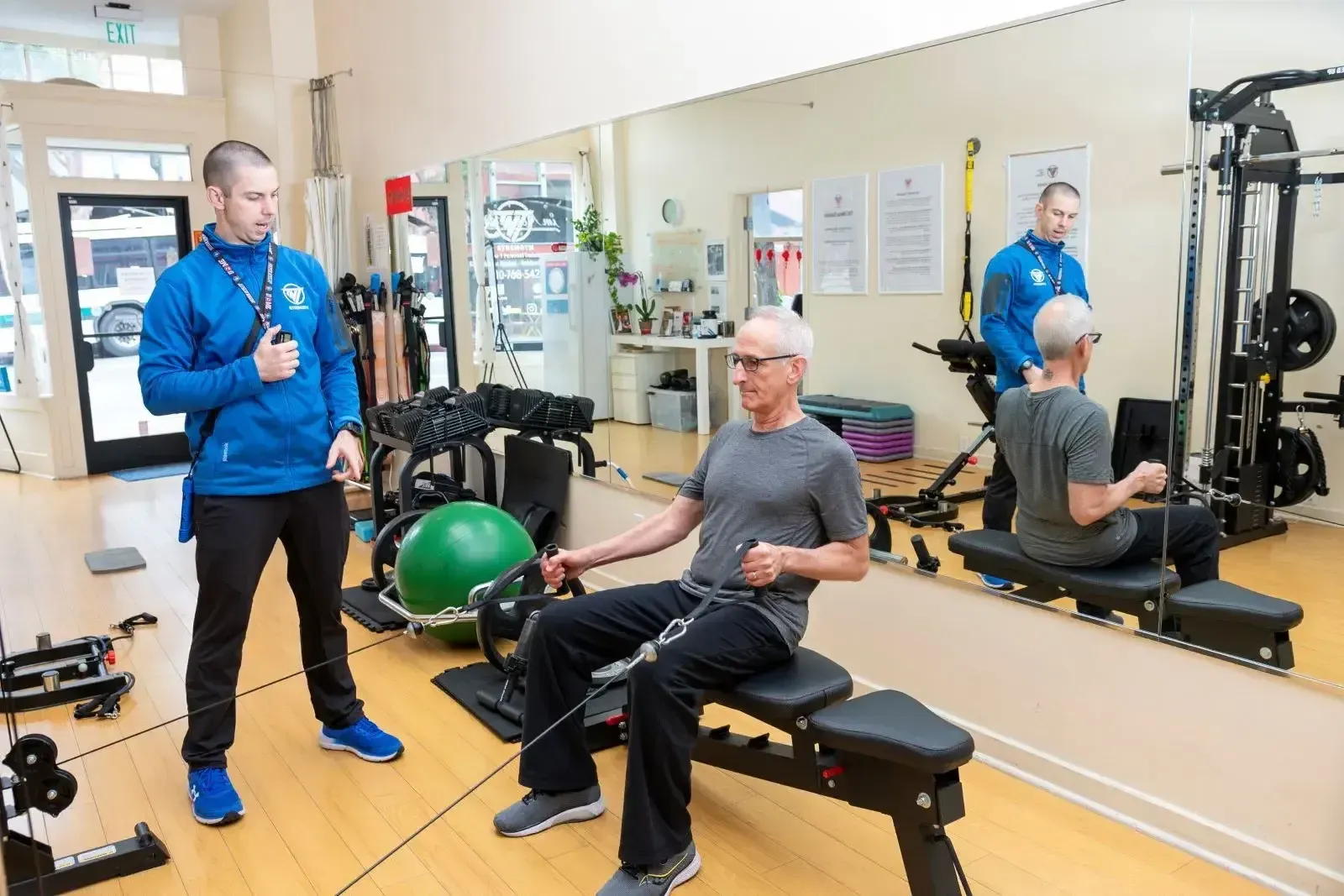Training to Momentary Muscular Failure: How Close is Close Enough?
When it comes to strength training, there's one principle I've leaned into more than almost any other: training to momentary muscular failure . Not "kind of tired." Not "I felt the pump and the burn." Not "my form was starting to go." I'm talking about true, controlled, momentary muscular failure — the point at which you can no longer complete the concentric portion of a rep despite your best effort, without sacrificing form or tempo.
But as with most things in fitness, there's nuance. There are different kinds of failure: technical failure , volitional failure , and absolute failure . And not all are created equal when it comes to maximizing strength and muscular development.
Let's break it down and examine what the science has to say.
Understanding the Types of Failure
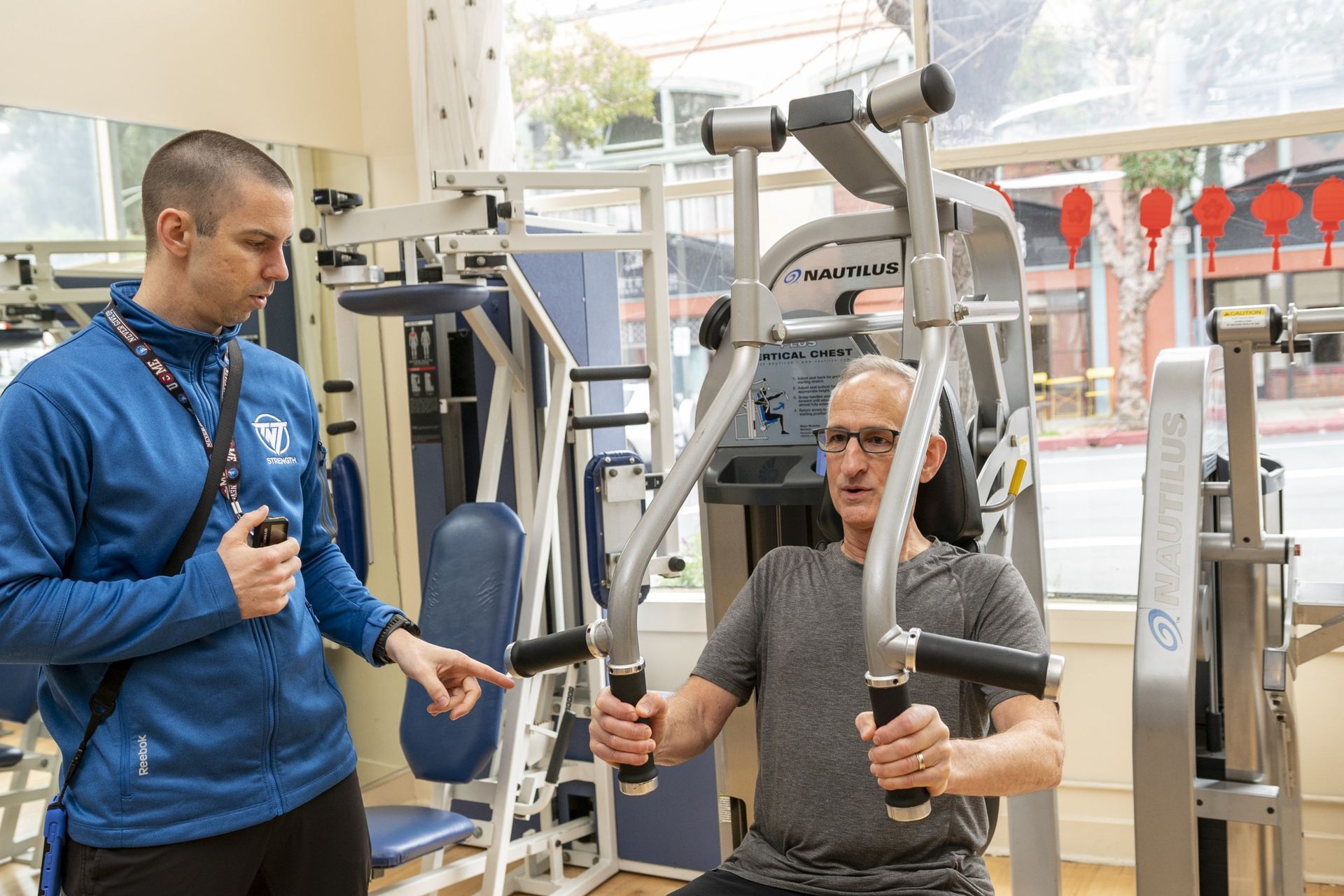
1. Technical Failure
This is when your form breaks down — you start to cheat, shift, or compensate. It's often a warning sign that you're approaching the limit, but it's not the end of the road yet.
Example: Your shoulders shrug during a row, or your hips rise first during a deadlift. You could probably squeeze out another rep, but it wouldn't be clean.
2. Volitional Failure
This is the point where you choose to stop — not because you can't go on, but because the discomfort is high, or you believe you've "had enough."
This kind of failure is mental , not physical. While it's better than quitting early, it usually means leaving gains on the table .
3. Absolute (Momentary Muscular) Failure
This is what we're aiming for. It's the moment when, despite maximum effort and perfect form , you simply cannot complete another rep. The motor units have recruited everything they can. This is where the magic happens.
I call this Momentary Muscular Failure (MMF) — and it's the cornerstone of effective High Intensity Training.
Why Training to Failure Matters
Training to MMF ensures maximum motor unit recruitment — the activation of the largest, most powerful muscle fibers responsible for strength and size. If you don't reach this point, you've likely left the high-threshold motor units untouched.
The Science is Clear:
A 2016 meta-analysis by Schoenfeld et al. compared training to failure vs. stopping short. The result?
"Training to failure appears to be more effective at increasing hypertrophic outcomes compared to non-failure training, particularly when volume is equated."
https://pubmed.ncbi.nlm.nih.gov/27329807/
Another 2019 study by Lacerda et al. found that non-failure training did not activate the full spectrum of motor units , leading to less muscular adaptation:
"Only training to failure led to significant improvements in maximum strength and hypertrophy across multiple exercises."
https://pubmed.ncbi.nlm.nih.gov/31419234/
Finally, a 2020 paper by Steele et al. reinforced that MMF is a reliable proxy for effective effort , particularly in low-volume, high-effort programs like the ones we favor at TNT Strength:
"Training to momentary failure may be necessary to ensure a sufficient level of effort and muscle fiber recruitment, especially when performing lower training volumes."
https://pubmed.ncbi.nlm.nih.gov/32149780/
But Isn't It Dangerous to Train to Failure?
Only if you do it wrong.
Training to MMF is not about slamming out reps until your form collapses and your body gives out. That's training to technical failure , and yes — that can be dangerous.
True MMF is reached with strict form, controlled tempo , and focused effort . At TNT Strength , every set is supervised to ensure failure is reached safely and efficiently . That's how we maximize results while minimizing risk.
How Close is Close Enough?
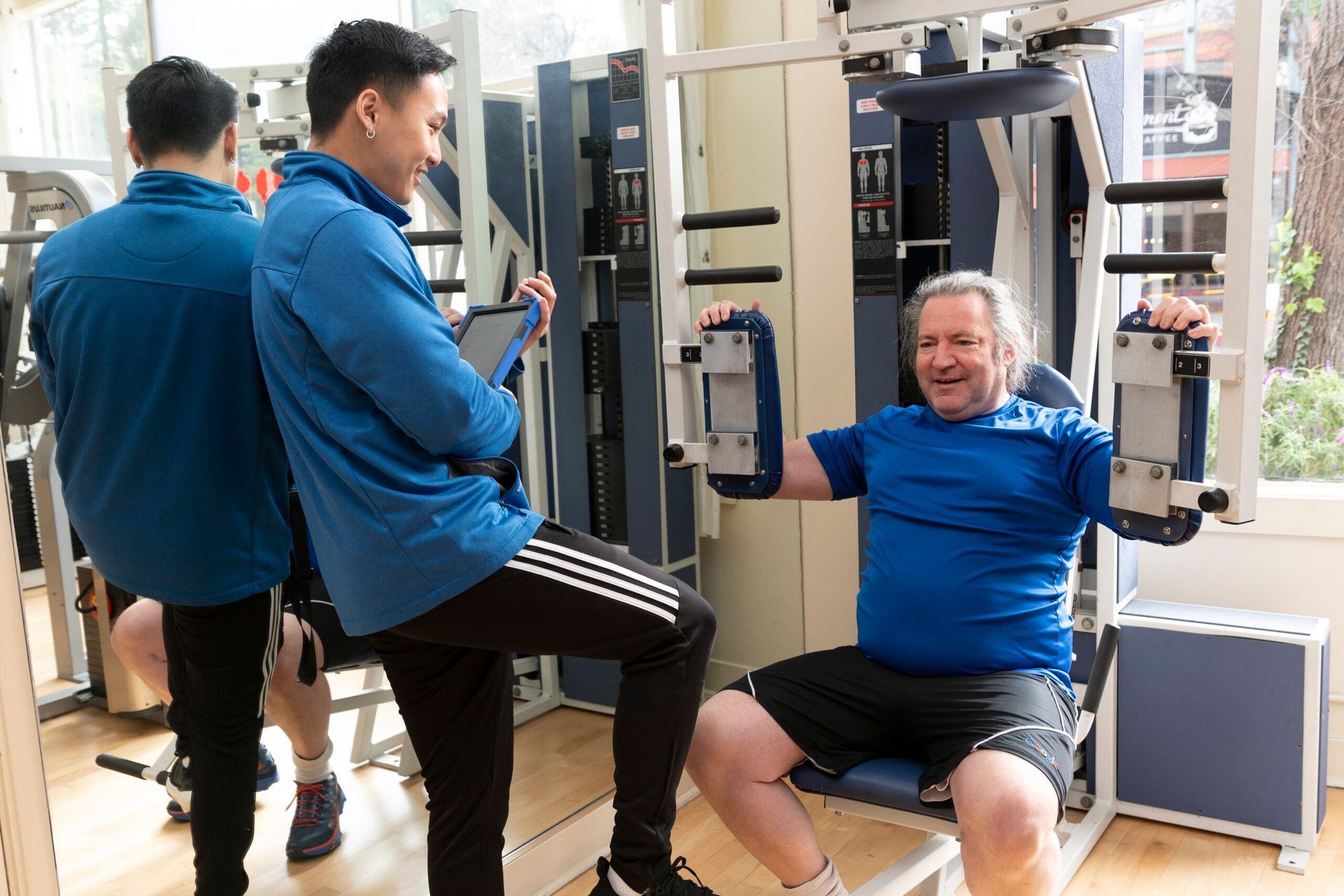
If you're not actually reaching MMF , you're probably just flirting with your potential.
Stopping 1–2 reps shy of failure — often called "reps in reserve" or RIR — can be effective, but only if you're extremely honest and consistent. The problem is, most people drastically underestimate how many reps they actually have left. That means what they think is RIR-2 is probably more like RIR-5.
In a controlled setting, going to true failure removes the guesswork and guarantees full activation.
TAKU's NOTE:
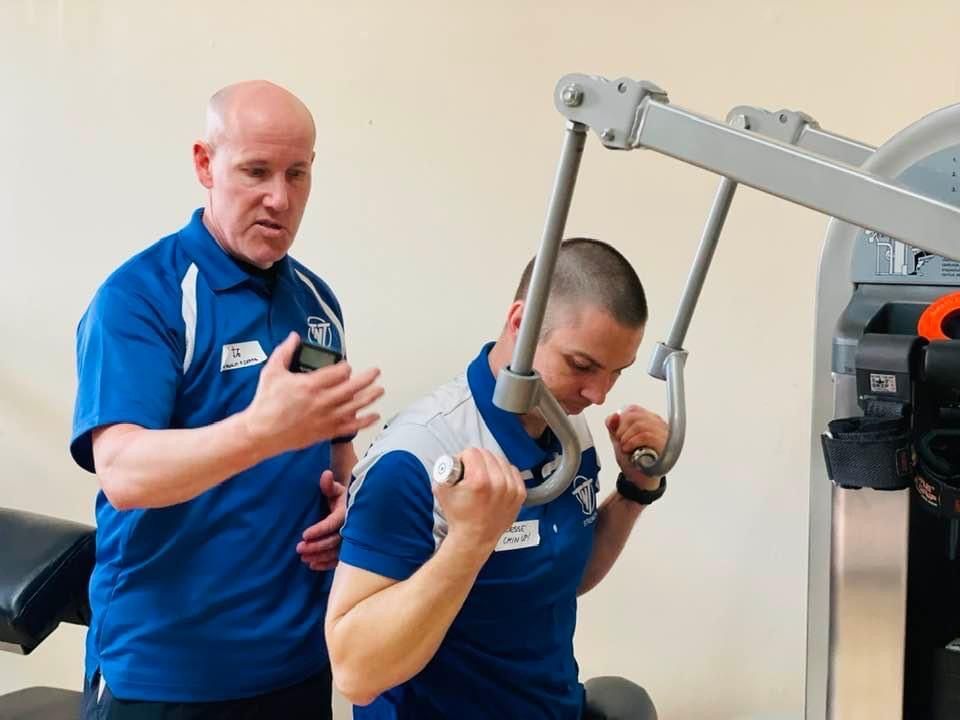
I've been training people for over 30 years, and if there's one thing I've learned, it's this: If you're not willing to reach true failure, you'll never reach your true maximum potential.
When done correctly, training to momentary muscular failure is the safest, most effective way to build strength and muscle. It's not about volume. It's not about chasing the pump. It's about quality over quantity — and quality starts where comfort ends.
So... how close is close enough?
All the way.
Train hard. Train smart. Train to failure.
— Liam "TAKU" Bauer
Master Trainer | TNT Strength
https://tntstrength.com
References:
- Schoenfeld BJ, et al. (2016). https://pubmed.ncbi.nlm.nih.gov/27329807/
- Lacerda LT, et al. (2019). https://pubmed.ncbi.nlm.nih.gov/31419234/
- Steele J, et al. (2020). https://pubmed.ncbi.nlm.nih.gov/32149780/
Experience the TNT Strength difference with a free workout.
START YOUR FITNESS TRANSFORMATION WITH A
FREE WORKOUT
Complete the form and we'll set up an appointment for you.




